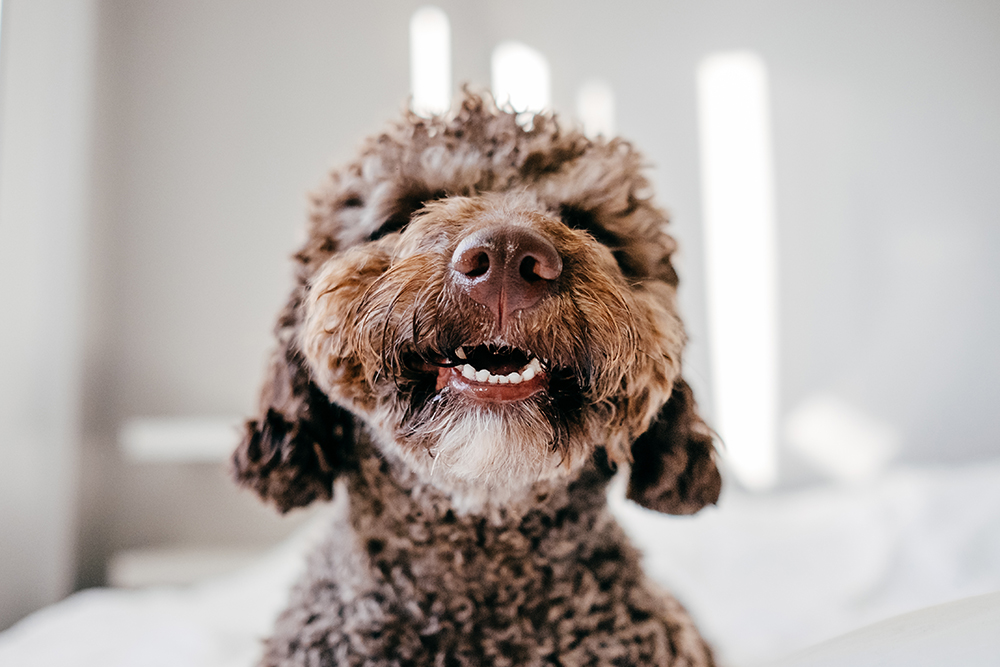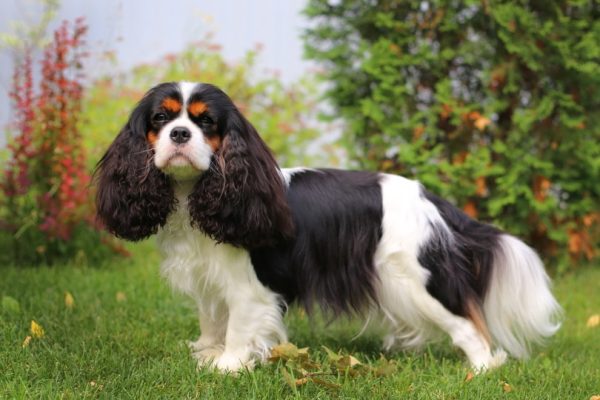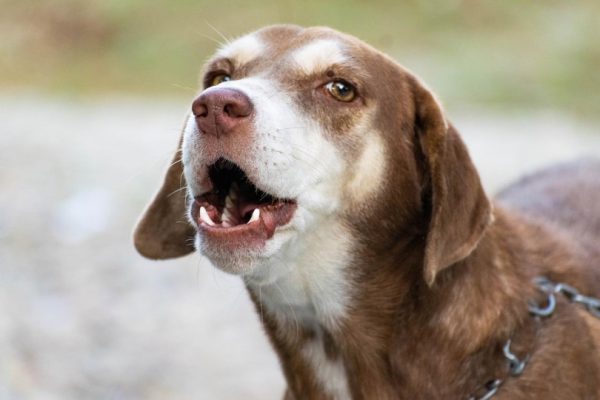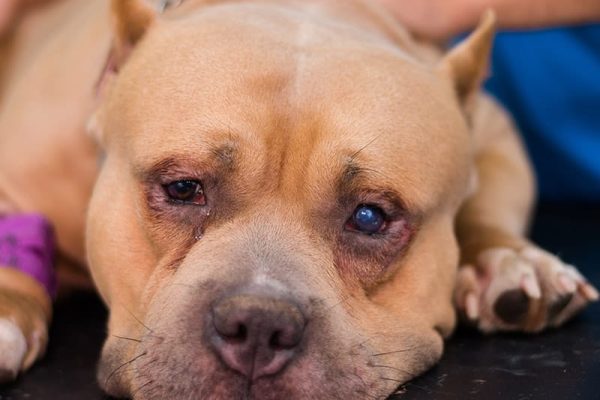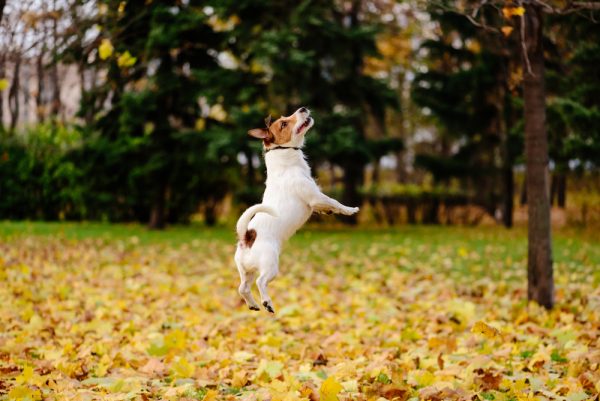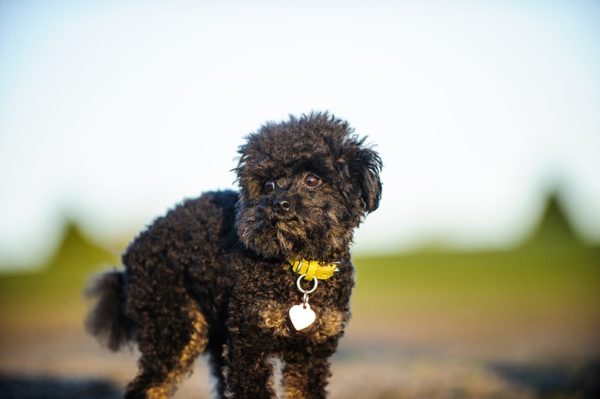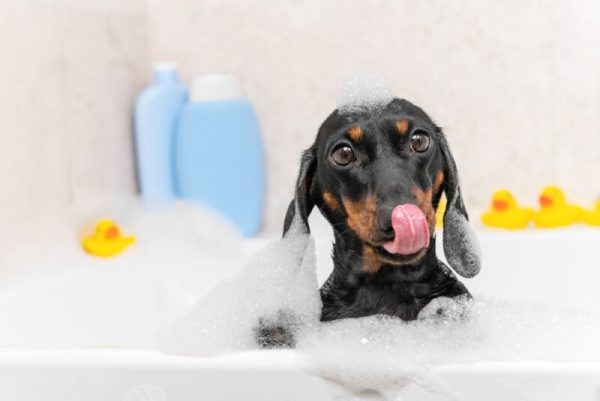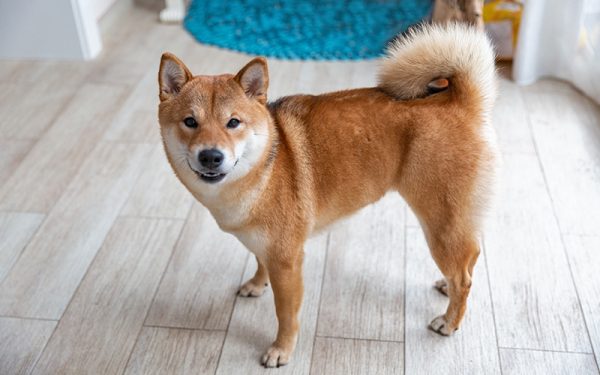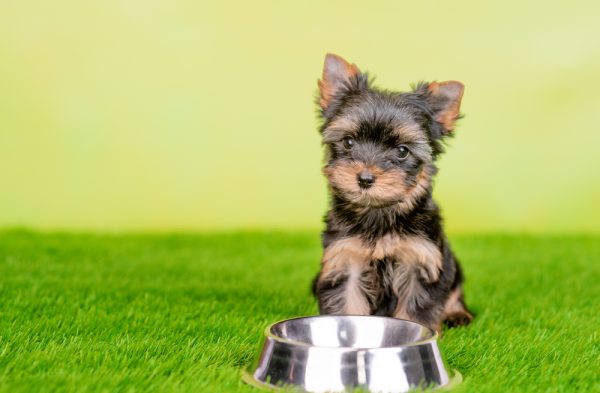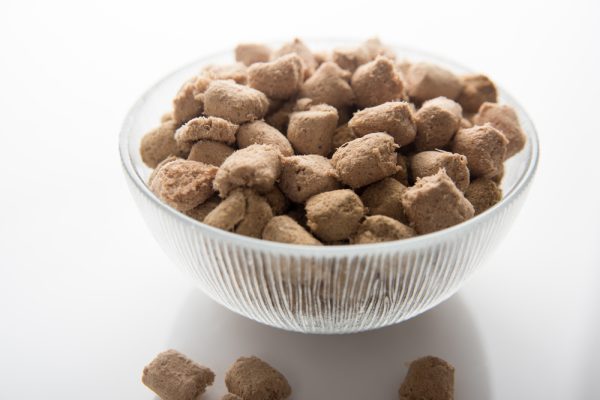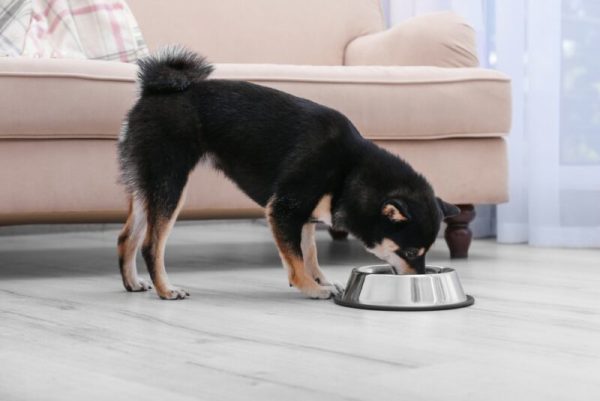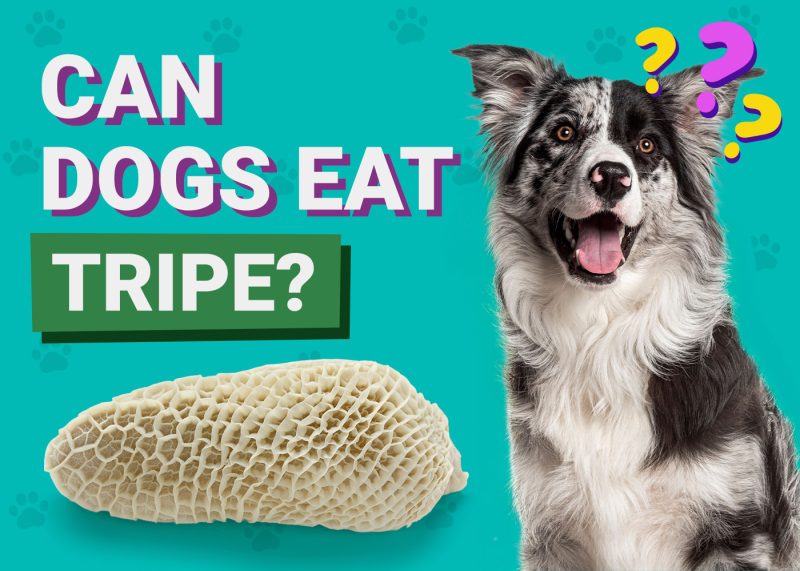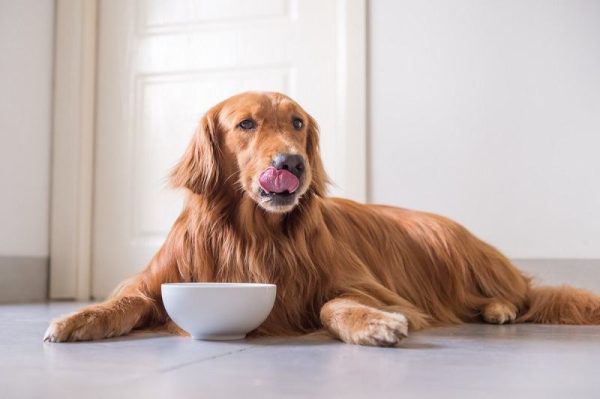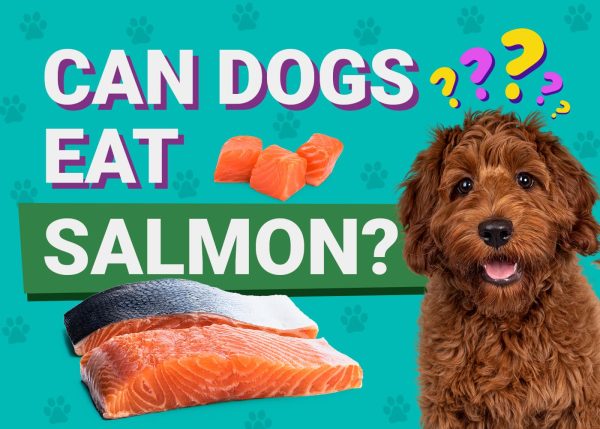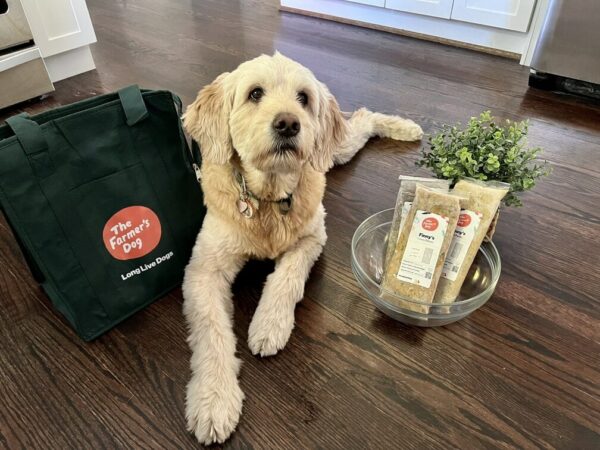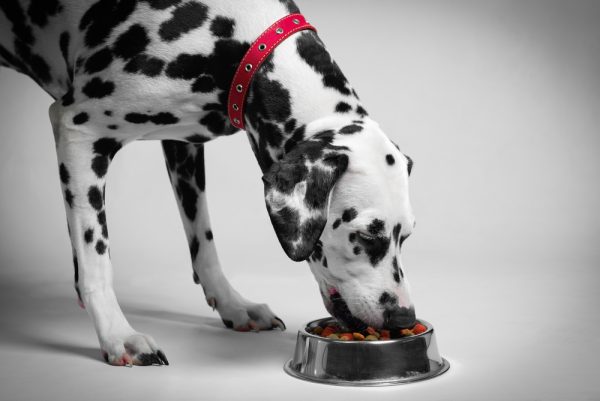In this article
View 4 More +When you get a puppy, they’re going to go through so many changes as they start to advance towards their adult years. One thing you might notice is that the number of teeth they have changes. So how exactly do puppies go about losing their teeth? How many teeth do they have as adults? Let’s find out more about the mystery of a canine’s canines.

Adult Dogs Have 42 Teeth
Adult dogs have a whopping 42 teeth, and most of them are pointy! A dog will have 20 top teeth and 22 bottom teeth.1 Some dogs have less than 42 teeth due to dental problems like teeth failing to erupt or periodontal disease leading to loss of teeth.
If you look at their mouth, you might think that these teeth belong to a carnivore, which reflects the dog’s origins from wolves. With most of their front teeth built for ripping and tearing, canines certainly need a lot of power to tear and chew through their natural diet, like large hunks of meat. However, dog’s teeth aren’t as thick as those of wolves and their digestive system has adapted to an omnivorous diet.2
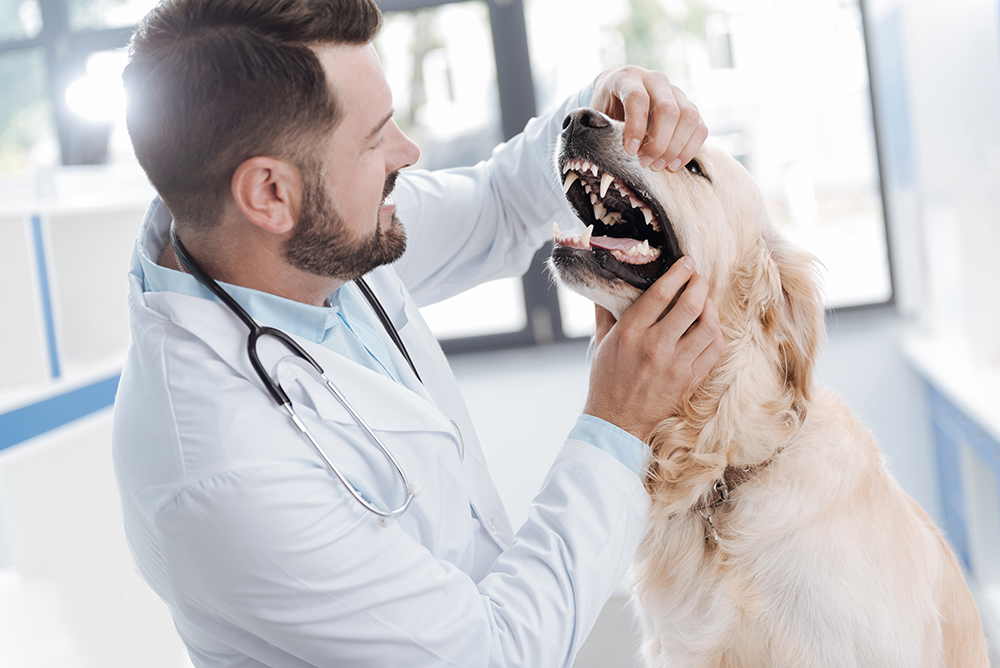
Puppies Have 28 Teeth
Like human babies, puppies have fewer teeth than adults, topping out at 28 temporary teeth. Their baby teeth usually start to come in at around 3 weeks of age, and they stop coming in at 8 to 10 weeks. For puppies, the incisors, or the front teeth, are the first to appear.
Next, the canine teeth, much like sharp fangs, come in. The premolars are last. Your puppy only has their baby teeth for just a few short weeks before their adult teeth start to come in. The process usually begins around the 12-week mark and a full set of adult teeth should have emerged by around the 6-month mark.
Types of Dog Teeth
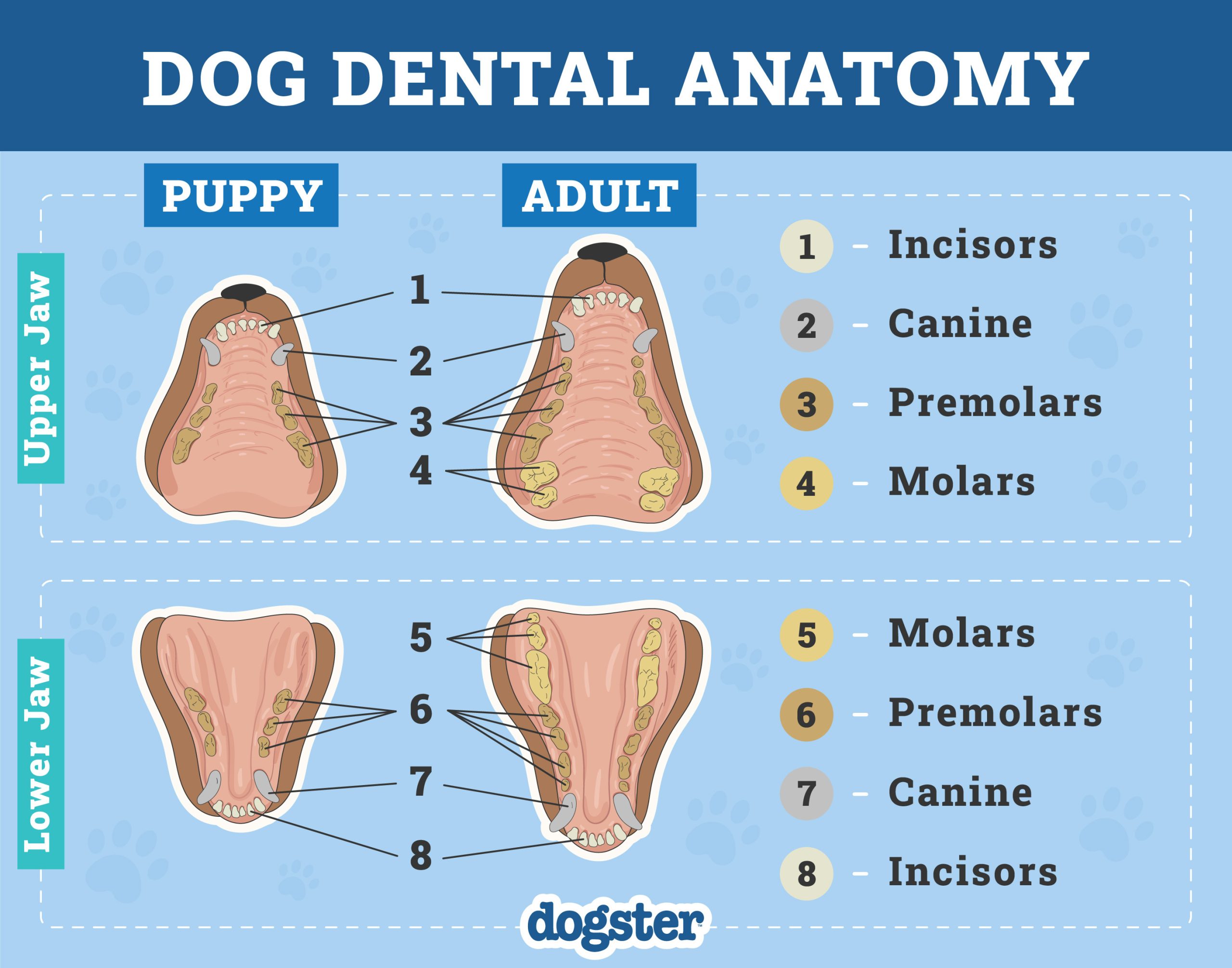
Dogs have quite different-looking teeth from ours. So it’s interesting to learn about the different types of teeth and how they contribute to chewing.
1. Incisors
The incisors are essentially the front teeth. There should be 6 incisors on the upper jaw and six on the lower. Dogs use these teeth for grooming themselves or shearing food.
2. Canines
Like humans, dogs have two sets of canine teeth located on the upper and lower jaws. These teeth are meant to grasp and tear.
3. Premolars and Molars
The dog’s premolar teeth have sharp edges that are great for shearing. In total, there are 4 premolar teeth each in the upper and lower jaws.
Dogs also have four molars on the upper jaw and six on the lower jaw. They use molars to grind and chew their food.
4. Carnassial Teeth
The carnassial teeth consist of the 4th upper premolar and the first lower molars. Together, these teeth work together to tear flesh and create quite the shearing mechanism. This type of tooth combination shows up in carnivores.

Why Dental Health Is Important
Dental health is often a very overlooked component of canine care. After all, we likely just see our dogs digging in the garbage and conclude that they probably don’t give too much thought about overall dental health.
However, poor dental hygiene can contribute to many health issues later in life that can be easily avoided with proper care. If their teeth aren’t taken care of, it can lead to dental disease and make it painful for dogs to eat.
Brushing Your Dog’s Teeth
You should make it a point to brush your dog’s teeth. Even though it is a much-overlooked aspect of canine health, it can help prevent a lot of problems.
Oral bacteria form a sticky layer on the teeth known as plaque, which eventually leads to the formation of hard tartar. Tartar is a solidified form of plaque that is stuck on the tooth. It is much harder to get rid of and can require veterinary intervention. If the tartar is left on the teeth, your dog can develop diseases like gingivitis and, eventually, periodontal disease.
Brushing helps remove plaque in the early stages before it can solidify into tartar. You can also use products approved by the Veterinary Oral Health Council (VOHC) to reduce plaque and improve dental health in dogs. However, despite your best efforts sometimes tartar will build-up, meaning your dog will need a professional dental scale and polish like we get at the dentist.
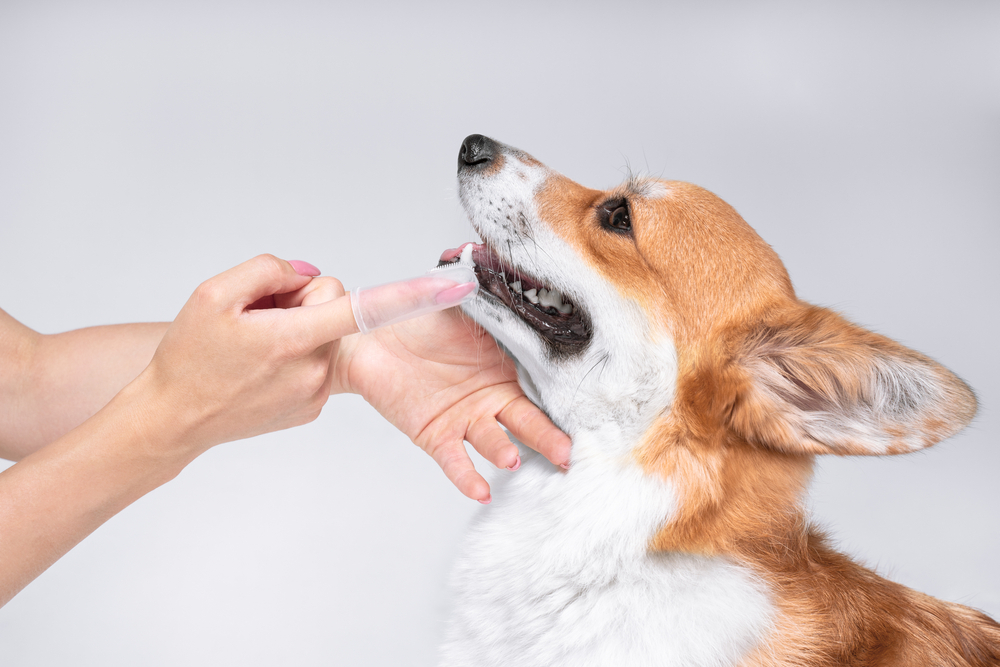
What Contributes to Tooth Loss in Dogs?
Dental disease is one of the leading issues in older dogs. But what exactly contributes to tooth loss? Several different factors can play a role in tooth loss, but here are the most common ones.
Periodontal Disease
Periodontal disease is an advanced dental issue that impacts overall dental health. It refers to infection around the root of the tooth, below the gumline. It is painful and can lead to the spread of bacteria to other organs and serious diseases. Rotting teeth in the mouth can lead to infection within the jaw.
Plus, it is a number one contributor to stinky breath.
Trauma or Injury
If your dog was ever knocked in the head for any reason in their adult life, they might be missing teeth as a consequence. Also, dogs can break, lose, or wear down their teeth from aggressively chewing on hard objects like rocks and bones. Tennis balls can also create a sandpaper-like effect on the teeth when they trap dirt. These injuries can lead to infections and loss of vital structures within the teeth and can require veterinary intervention. Even if the tooth is no longer visible, the root of the tooth likely remains and needs to be removed.
If you’re concerned about your pet’s well-being, we recommend you contact a veterinarian.
Surgery
If your dog has ever had any surgery in or around its mouth, the doctors might have needed to extract a tooth in the process. You will likely know if this is the cause, considering you’re the one who paid for the surgery! But you might not be aware of it if it happened before you owned your dog.
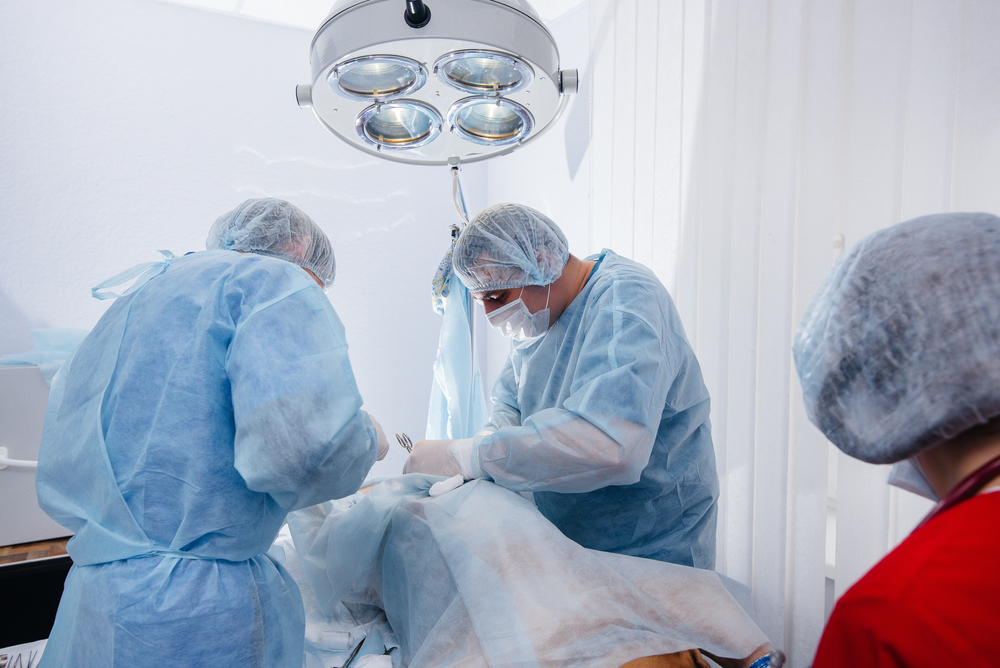

Conclusion
Now you know a little bit more about how many teeth your dog has and what they use them for. Remember that dental health is an incredibly important part of overall canine care. Be sure that you are brushing up on your dog’s teeth and giving them a variety of chew toys and other objects to strengthen and clean their teeth.
See also:
- My Dog’s Tooth is Discolored, What’s Wrong? Important Information
- How Much Does Dog Teeth Cleaning Cost in Canada? (Update)
- How Many Ribs Do Dogs Have? Vet-Approved Anatomy Facts & Info
Featured Image Credit: Lucia Romero, Shutterstock
